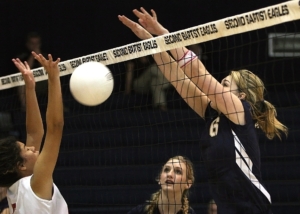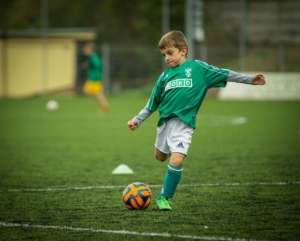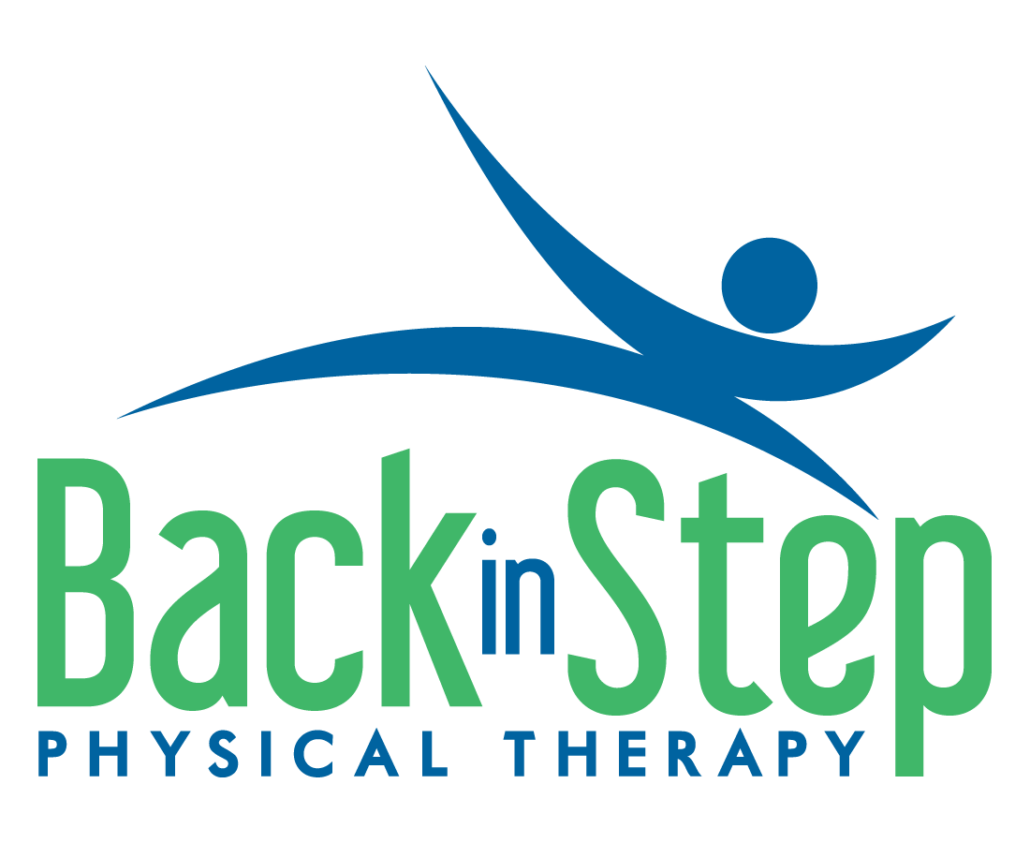ACL Injuries in Young Athletes
When I was growing up, it was common for kids in my class to play different sports throughout the year. It was unusual to have someone who played year-round or played at multiple levels at once (like the school team plus club-level plus something else). You played your sport for that season, and then moved on to the next one when the time came. I don’t remember any of my friends dealing with things like ACL injuries or hip labral tears, for example.

Things are different now.
Kids, especially teens, are beginning to specialize in a sport at a much younger age and are practicing more intensely than was the norm in the past. Children are expected to choose their sport earlier and practice is no longer just a seasonal thing.
As a result, we are starting to see changes in the types of injuries that young athletes are dealing with. We are even noticing that certain injuries that were mostly seen in adults are now being seen in kids. We are even seeing injuries that used to be seen mostly in professional athletes!
This early specialization and more intense practice means that children are causing more repetitive stress and trauma to their bodies during a time that they are more vulnerable anyways. During puberty, the body is playing a game of catch-up. The bones are rapidly growing and changing, while the muscles, ligaments, and tendons are trying to keep up. At the same time, the brain and nervous system have to figure out how to coordinate and move the body that is ever changing.
One study found that risk patterns for injury differed for girls versus boys. Once the volume of training was accounted for, no one sport stood out as being more risky for girls. Any specialization for girls, however, increased the risk of injury by 30%. This was not true for boys – specialization in general was not problematic, but baseball, gymnastics, and cheerleading significantly increased their risk.

One type of injury that has shown a lot of change is ACL tears.
The ACL (anterior cruciate ligament) serves as one source of stability for the knee joint, connecting the femur (thigh bone) and tibia (shin bone).
Historically, teen girls have always had a higher risk of ACL injuries, but now we see that the rate of injury has been drastically climbing. Girls don’t develop power in the same way as boys during their growth periods. Besides that, differences in bony alignment between males and females also contribute to the risk of injury, as well as hormonal fluctuations.
Young athletes usually get ACL injuries through non-contact scenarios, like pivoting or landing from a jump. Some sports that may see this more often are soccer, tennis, volleyball, football, and skiing.
And these injuries are on the rise…
Here are some crazy statistics:
- According to an article in the Daily Mail, one clinic in Philadelphia has seen a 400% increase in ACL surgeries in teens over the past 10 years, and one clinic in Australia has seen a 148% increase during the same time frame.
- A group in Australia analyzed data on 320 children who were hospitalized for ACL injuries between 2005 and 2015.
- A whopping 96.9% of them were between the ages of 10 and 14 and more than half of them were boys.
- Sports activities accounted for 57% of the injuries, with 52% of the girls and 35% of the boys that were specifically playing ball sports.
- In total the rate of injury went from 2.74 injuries per 100,000 kids to 6.79 per 100,000!
Surgery is often the solution after experiencing a tear, especially if the athlete wants to continue playing in the future. Part of the problem with needing surgery after a tear is the risk that comes along with it. Physicians are often recommending to0 hold off on surgery as long as possible, in an attempt to let the bones continue growing and therefore preventing injury to the growth plate. And whether or not surgery is done, some evidence suggests that people may have a higher risk of developing osteoarthritis in that knee in the future.

So what’s the solution?
One thing that many experts agree on is changing up what the child is doing. Play more than one sport. Allow for breaks and changes in activity. Change it up to let muscles work differently. Even unstructured play can be helpful!
Make sure that all equipment is well fit and well maintained. This means ensuring proper fit of your student athlete’s shoes. They may be growing rapidly, but it’s worth getting new shoes when they need them, rather than waiting until they’re done growing, for example. Kids also need to use the proper equipment and make sure that it’s in good shape.
Be aware of the surfaces that the student is playing on. Artificial turf requires different responses from natural grass. A sprung floor provides less stress on the joints than traditional hardwood floors for dancers, but also requires a different technique for safe use.
Girls, in particular, also need more attention to make sure that their muscles are developing to appropriately support the ways they move in their sport of choice. Particularly for those in sports that require landing from jumps or pivoting and cutting need additional guidance.
Well-rounded training is also crucial. Kids’ programs should include prevention training, specifically neuromuscular training. Cross-training is important, as is working on balance and endurance. A fatigued athlete is always at a higher risk of injury.
And, most importantly, good ongoing communication between parents, coaches, trainers, and physical therapists play a large role in both prevention and recovery.

Need more info or have questions?
Contact us at Back in Step Physical Therapy to get scheduled for an evaluation. We want to keep your student athlete in peak condition to decrease their overall risk of injury, and, if they’ve already experienced injury, we want to help them return quickly and safely!


